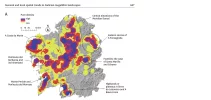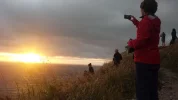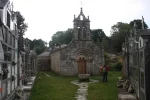- Time of past OR future Camino
- Too many and too often!
A challenging article in La Voz de Galicia in the light of a number of pilgrim deaths at Fisterra in recent years. Does the very fact of these incidents and the practice of scattering ashes there reflect or contribute to some underlying mystique?


La muerte de peregrinos alimenta la mística del Fin del Mundo fisterrán
Desde el 2009 se ha registrado ya una docena de fallecimientos de visitantes
www.lavozdegalicia.es
Last edited:



























